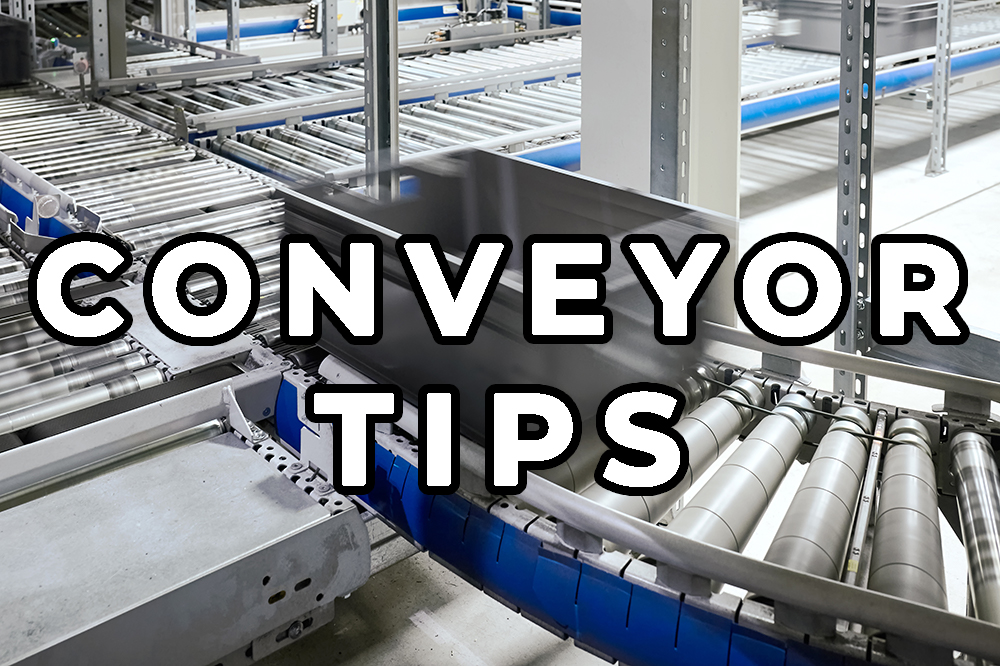-
Home
-
Conveyor Safety Tips

Conveyor Safety Tips
January 24, 2014
Safety around any equipment in a warehouse facility is crucial, and this is especially true around conveyor equipment. With many moving parts, chains, gears, and pinch points, it can be dangerous for anyone nearby. Regardless of whether its a power or gravity conveyor, these simple tips can help improve the safety of the employees and other personnel within the facility.
Proper attire: It is important that conveyor operators are all wearing uniforms or attire suitable for working on the system. This means no loose garments or jewelry, and it is important to keep all body parts clear as well. If someone is visiting your facility, make sure they keep a safe distance away from moving parts and machinery, and that they are aware of the basic conveyor safety procedures.
For product only: We have all seen it in Hollywood, but conveyors are not designed to transport people. There are many pinch points and other areas where clothing and body parts could get caught and seriously injure the rider. Aside from damaging the person pulling the stunt, you also put the actual conveyor system at risk. Many conveyor systems can hold much more than the weight of the average person, but this weight is evenly distributed. They are not designed to hold that much weight at a single concentrated point.
Perform maintenance duties when system is disconnected: Make sure that all electrical and hydraulic power sources are blocked out and disconnected before performing any maintenance duties. There are also lockout systems that prevent the conveyor from being started up when maintenance is being performed.
Know the locations of all controls: It is crucial that all employees that are working on or near conveyors know the location of all safety buttons. Employers should train conveyor workers on the location of the controls, when to use them, what they do, and how to mark them to avoid any confusion. This is extremely important, especially for any emergency buttons or kill switches.
Report any inconsistencies to your supervisor: Do not wait! The damage done by a malfunctioning conveyor system can be minimized if it is promptly brought to the attention of the supervisor. Allow for no consequence information submissions so that employees do not hesitate, hide, or deny the damage they may or may not have caused. This will encourage employees to report any problems without worrying about losing their job, which will also make the conveyor system and facility safer.
Proper training: All conveyor operators should be required to go through safety training to ensure their safety and the safety of workers around them. Refresher courses, literature, updates, and reminders are all ways to constantly encourage safety to your employees. Visitors should also be briefed on proper behavior while in the facility.
For additional literature on specific safety standards while operating conveyor equipment, visit www.OSHA.com. They have regulations for all portions of the industry, including general, construction, maritime, agriculture, record keeping, state plans, and more. You can also contact ASI with any safety problems or concerns. We have a variety of safety equipment and an experienced sales team to help ensure the safety of your facility.